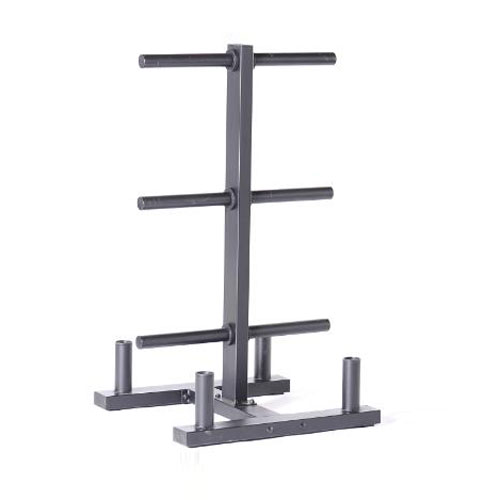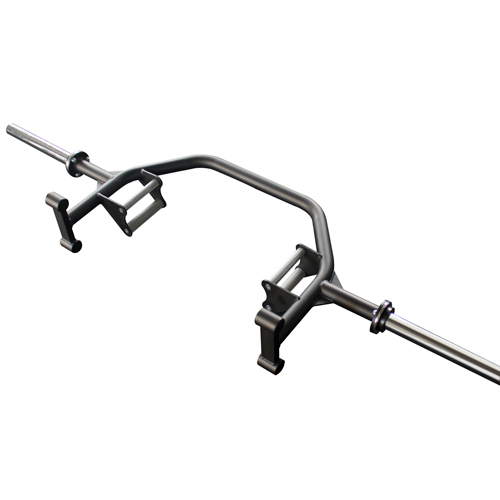Is Strength Training Better Than Cardio
Deciding between strength training and cardio can feel like choosing between two equally appealing paths. Both offer unique and vital benefits for your health and fitness. At Leadman Fitness, we believe the best approach is to understand the distinct advantages of each and integrate them into a well-rounded workout plan tailored to your individual goals. This guide will provide an in-depth comparison of cardio and strength training, helping you make informed decisions about your fitness journey.
The Core Benefits of Strength Training: Building Muscle, Boosting Metabolism, and Enhancing Bone Density
Strength training, also known as resistance training, involves using weights or resistance to contract your muscles, leading to increased strength, muscle mass, and endurance. But the benefits extend far beyond just aesthetics.
- Increased Muscle Mass: Strength training is the most effective way to build lean muscle mass. Muscle tissue burns more calories at rest than fat tissue, leading to a higher resting metabolic rate and easier weight management.
- Enhanced Bone Density: Strength training puts stress on your bones, stimulating bone growth and increasing bone density. This is particularly important for preventing osteoporosis and fractures as you age.
- Improved Insulin Sensitivity: Strength training can improve your body's sensitivity to insulin, helping to regulate blood sugar levels and reduce the risk of type 2 diabetes.
- Increased Strength and Functionality: Strength training makes everyday activities easier, from carrying groceries to climbing stairs. It also improves balance and coordination, reducing the risk of falls.
- Reduced Risk of Injury: Strength training can reinforce strength around major joints and help improve range of motion. In fact, one study found that strength training reduced acute sports injuries by one third, and overuse injuries by almost 50%.

Strength training builds muscle, boosts metabolism, and enhances bone density.
The Power of Cardio: Cardiovascular Health, Calorie Burning, and Endurance
Cardiovascular exercise, often referred to as cardio, encompasses activities that elevate your heart rate and breathing rate for a sustained period. These activities include running, cycling, swimming, and dancing.
- Improved Cardiovascular Health: Cardio strengthens your heart and lungs, improving blood flow and reducing the risk of heart disease, stroke, and other cardiovascular problems.
- Increased Calorie Burn: Cardio burns calories efficiently during your workout, making it an effective tool for weight loss and weight management.
- Enhanced Endurance: Regular cardio exercise increases your endurance, allowing you to perform activities for longer periods without fatigue.
- Improved Mood: Cardio releases endorphins, which have mood-boosting effects and can help reduce stress and anxiety.

Cardio improves heart health, burns calories, and increases endurance.
Cardio vs. Strength Training: A Detailed Comparison
Here's a table summarizing the key differences between cardio and strength training:
| Feature | Cardio | Strength Training |
|---|---|---|
| Primary Focus | Cardiovascular health and calorie burning | Muscle building and strength gains |
| Calorie Burn During Workout | Generally higher | Generally lower |
| Calorie Burn After Workout | Relatively low | Elevated due to muscle repair |
| Impact on Muscle Mass | Minimal | Significant increase |
| Impact on Bone Density | Moderate (weight-bearing cardio) | High |
| Best For | Weight loss, endurance, heart health | Muscle building, strength, bone health, metabolism |
Creating the Ideal Fitness Routine: Combining Cardio and Strength Training for Optimal Results
The most effective fitness routine incorporates both cardio and strength training. This approach allows you to reap the benefits of both types of exercise, maximizing your overall health and fitness.
- Balanced Approach: A mix of cardio and strength training ensures that you're addressing all aspects of your fitness, from cardiovascular health to muscle strength and bone density.
- Improved Body Composition: Combining cardio and strength training can lead to significant improvements in body composition, reducing body fat and increasing lean muscle mass.
- Enhanced Performance: A well-rounded fitness routine can improve your performance in a variety of activities, from everyday tasks to athletic endeavors.

Combining cardio and strength training is the best approach for well-rounded fitness.
Sample Workout Routines
Here are a few workouts that combine both cardio and strength training.
- Full Body Strength and Cardio: A full body work out including squats, pushups, dumbell rows, and a 20 minute run on the treadmill.
- Leg Day and Run: Squats, lunges, dumbell romanian deadlifts followed by a 30 minute run.
Conclusion: Take Control of Your Fitness Journey with a Balanced Approach
Ultimately, the choice between strength training and cardio isn't about choosing one over the other. It's about understanding the unique benefits of each and integrating them into a balanced fitness routine that aligns with your personal goals and preferences. Whether you prioritize building muscle, improving cardiovascular health, or achieving overall fitness, incorporating both strength training and cardio is the key to unlocking your full potential.





